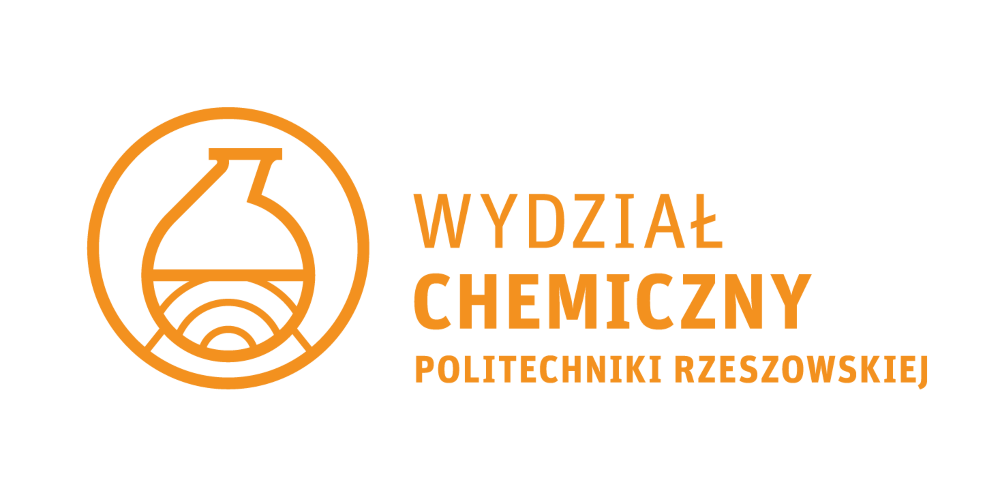

Chemical sensors
Some basic information about the module
The aim of studying and bibliography
The main aim of study:
Acquiring basic knowledge of chemical sensors, their design, operation and application.
The general information about the module:
The module Chemical Sensors is realised in the seventh semester for Chemical Technology students of speciality Chemical Analysis in Industry and Enivironment. The module comprises 15 hours of a lecture (1 ECTS point). Credit is awarded based on a written test.
Bibliography required to complete the module
| 1 | Zbigniew Brzózka. | Mikrobioanalityka | Ofic.Wydaw.Politech.Warsz.. | 2009 |
| 2 | Z. Brzózka, W. Wróblewski | Sensory chemiczne | Ofic.Wydaw.Politech.Warsz., 2008. | 1999 |
Basic requirements in category knowledge/skills/social competences
Formal requirements:
Credits in physical chemistry, analytical chemistry and instrumental analysis.
Basic requirements in category knowledge:
Knowledge of basics of physical chemistry and instrumental analysis.
Basic requirements in category skills:
Ability of processing the knowledge acquired during physical chemistry and instrumental analysis classes to an extent enabling its utilization for further development.
Basic requirements in category social competences:
Knows health and safety regulations concerning laboratory work. Is responsible, displays maturity adequate for chemistry job.
Module outcomes
| MEK | The student who completed the module | Types of classes / teaching methods leading to achieving a given outcome of teaching | Methods of verifying every mentioned outcome of teaching | Relationships with KEK | Relationships with PRK |
|---|---|---|---|---|---|
| MEK01 | Knows the classification of chemical sensors, detection and determination methods by chemical sensors, has information about the way of preparation of chemical sensors. | lecture | written test |
K-W13++ K-K02+ |
P6S-KO P6S-KR P6S-WG |
| MEK02 | Has information about practical applications of chemical sensors. | lecture | written test |
K-W13+ K-U11+++ |
P6S-UO P6S-UW P6S-WG |
| MEK03 | Has general knowledge on the current directions of development of chemical sensors. | lecture | written test |
K-U11+ K-K01++ |
P6S-KK P6S-KO P6S-KR P6S-UO P6S-UW |
The syllabus of the module
| Sem. | TK | The content | realized in | MEK |
|---|---|---|---|---|
| 7 | TK01 | W15 | MEK01 | |
| 7 | TK02 | W15 | MEK01 MEK02 | |
| 7 | TK03 | W15 | MEK01 MEK02 | |
| 7 | TK04 | W15 | MEK01 MEK02 | |
| 7 | TK05 | W15 | MEK01 MEK02 | |
| 7 | TK06 | W15 | MEK02 MEK03 |
The student's effort
| The type of classes | The work before classes | The participation in classes | The work after classes |
|---|---|---|---|
| Lecture (sem. 7) | The preparation for a test:
5.00 hours/sem. |
contact hours:
9.00 hours/sem. |
complementing/reading through notes:
10.00 hours/sem. Studying the recommended bibliography: 1.00 hours/sem. |
| Advice (sem. 7) | |||
| Credit (sem. 7) | The written credit:
2.00 hours/sem. |
The way of giving the component module grades and the final grade
| The type of classes | The way of giving the final grade |
|---|---|
| Lecture | written test |
| The final grade | The final mark corresponds to the mark in the written test on the lecture. |
Sample problems
Required during the exam/when receiving the credit
(-)
Realized during classes/laboratories/projects
(-)
Others
(-)
Can a student use any teaching aids during the exam/when receiving the credit : no
The contents of the module are associated with the research profile yes
| 1 | P. Chmielarz; T. Pacześniak; K. Rydel-Ciszek; A. Sobkowiak | Bio-Inspired Iron Pentadentate Complexes as Dioxygen Activators in the Oxidation of Cyclohexene and Limonene | 2023 |
| 2 | P. Błoniarz; D. Maksym; J. Muzart; T. Pacześniak; A. Pokutsa; A. Zaborovskyi | Cyclohexane oxidation: relationships of the process efficiency with electrical conductance, electronic and cyclic voltammetry spectra of the reaction mixture | 2021 |
| 3 | P. Chmielarz; A. Miłaczewska; T. Pacześniak; K. Rydel-Ciszek; A. Sobkowiak | ‘Oxygen-Consuming Complexes’–Catalytic Effects of Iron–Salen Complexes with Dioxygen | 2021 |
| 4 | W. Frącz; T. Pacześniak; I. Zarzyka | Rigid polyurethane foams modified with borate and oxamide groups-Preparation and properties | 2021 |
| 5 | P. Błoniarz; J. Muzart; T. Pacześniak; A. Pokutsa; S. Tkach; A. Zaborovskyi | Sustainable oxidation of cyclohexane and toluene in the presence of affordable catalysts: Impact of the tandem of promoter/oxidant on process efficiency | 2020 |
| 6 | P. Błoniarz; O. Fliunt; Y. Kubaj; T. Pacześniak; A. Pokutsa; A. Zaborovskyi | Sustainable oxidation of cyclohexane catayzed by a VO(acac)2 - oxalic acid tandem: the electrochemical motive of the process efficiency | 2020 |
| 7 | P. Błoniarz; P. Chmielarz; T. Pacześniak; K. Rydel-Ciszek; A. Sobkowiak; K. Surmacz; I. Zaborniak | Iron-Based Catalytically Active Complexes in Preparation of Functional Materials | 2020 |
| 8 | P. Błoniarz; Y. Kubaj; D. Maksym; J. Muzart; T. Pacześniak; A. Pokutsa; A. Zaborovskyi | Versatile and Affordable Approach for Tracking the Oxidative Stress Caused by the Free Radicals: the Chemical Perception | 2020 |